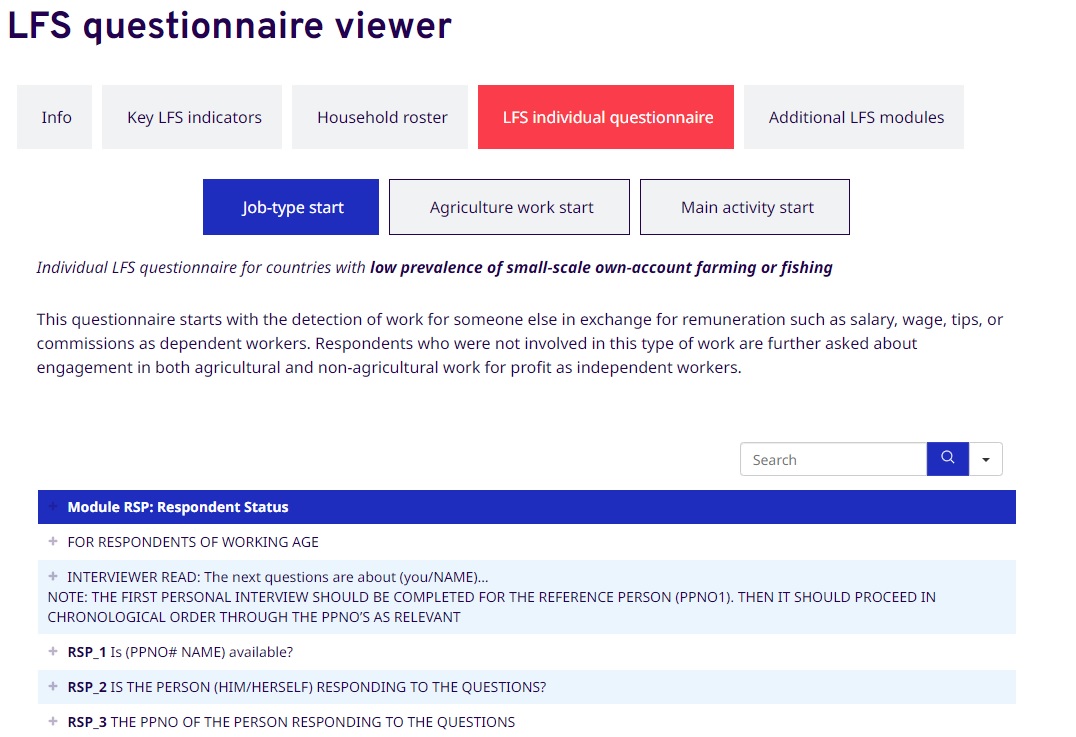
LFS questionnaire viewer
This viewer allows users to take a close look at questions in the ILO model LFS questionnaires for PAPI.
LFS questionnaire viewer Read More »

This viewer allows users to take a close look at questions in the ILO model LFS questionnaires for PAPI.
LFS questionnaire viewer Read More »

This quick guide explains the differences between the 13th and 19th ICLS standards, the impact of the revisions on headline indicators, and how the ILO handles this on ILOSTAT.
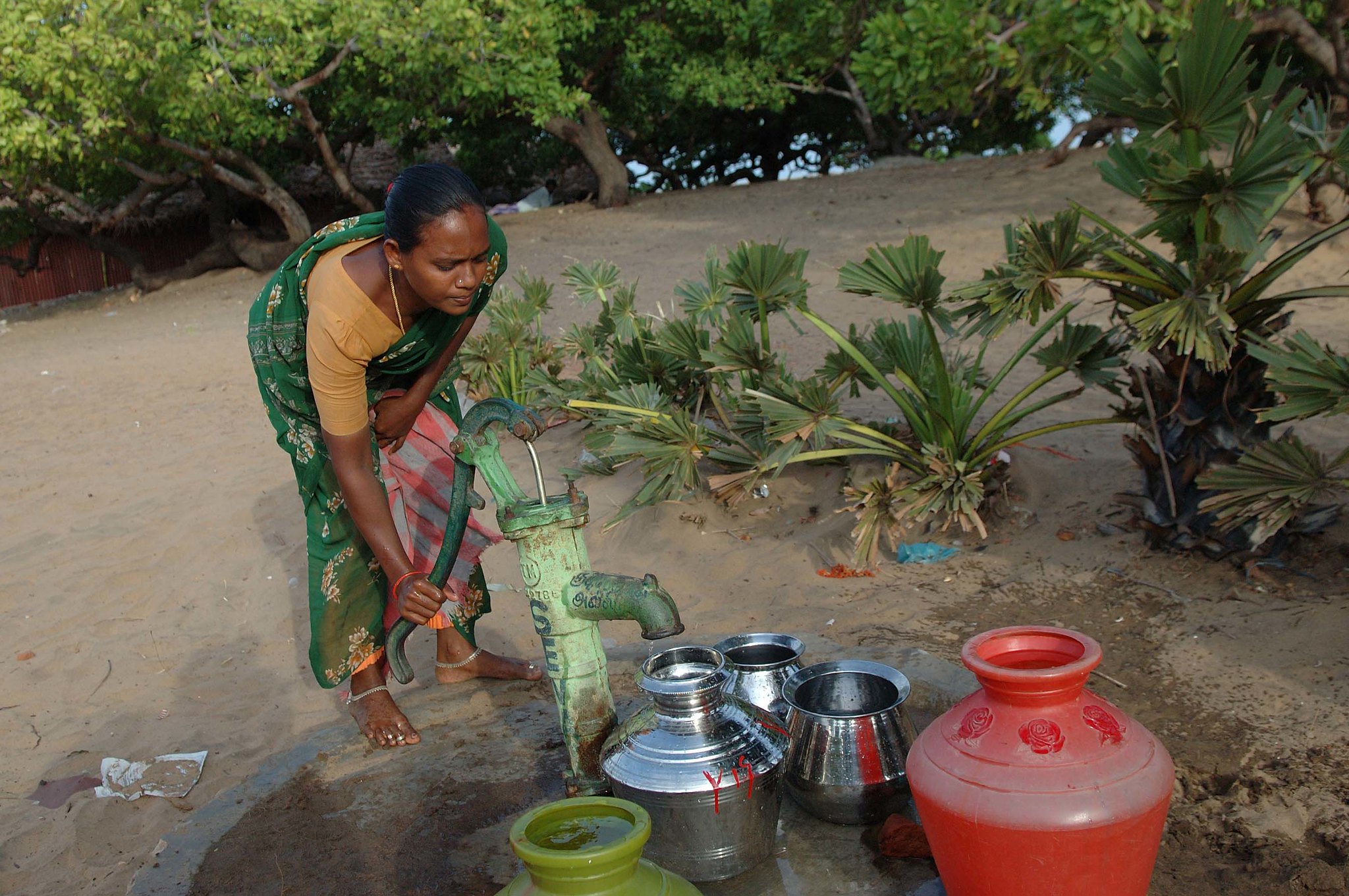
The framework on work statistics has been widely publicized over the years, particularly to data producers and policymakers, as it was designed to improve labour market and gender analysis. But little has been said to data users interested in international comparisons. Until now. Here is the ILOSTAT solution to handling the impacts of revised definitions occurring on different schedules across the globe.
New ILO database updates work-related indicators to meet latest standards Read More »
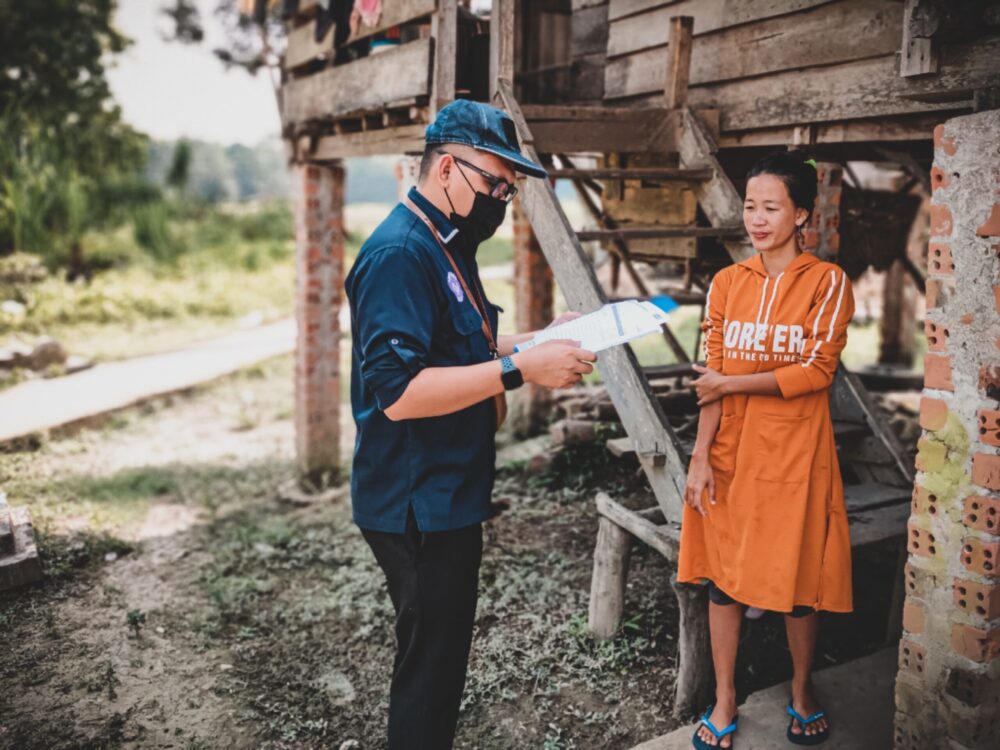
How many men and women were employed last week? How many hours did they work in their main jobs? And how many hours did they work in unpaid activities such as caring for children? These are seemingly straightforward questions but measuring paid and unpaid work through household surveys is anything but straightforward. This holds true especially for women in developing countries, who are more often engaged in informal activities such as microenterprises or small-scale farming — activities that can fall through the cracks of traditional surveys.
What to know when comparing data on women and men’s work Read More »

In March 2021, the ILO undertook a global survey of national data producers to understand the impacts of the pandemic on their statistical operations particularly in the domain of labour statistics.

Losing the ability to collect data may not be one of the more obvious negative effects of the COVID-19 pandemic. However, nearly all countries in the world found it difficult to gather data precisely when demand was highest. A recent global survey by the ILO has highlighted just how great the impact was on the production of labour statistics and how countries responded to meet user needs for data.
Keeping labour data flowing during the COVID-19 pandemic Read More »
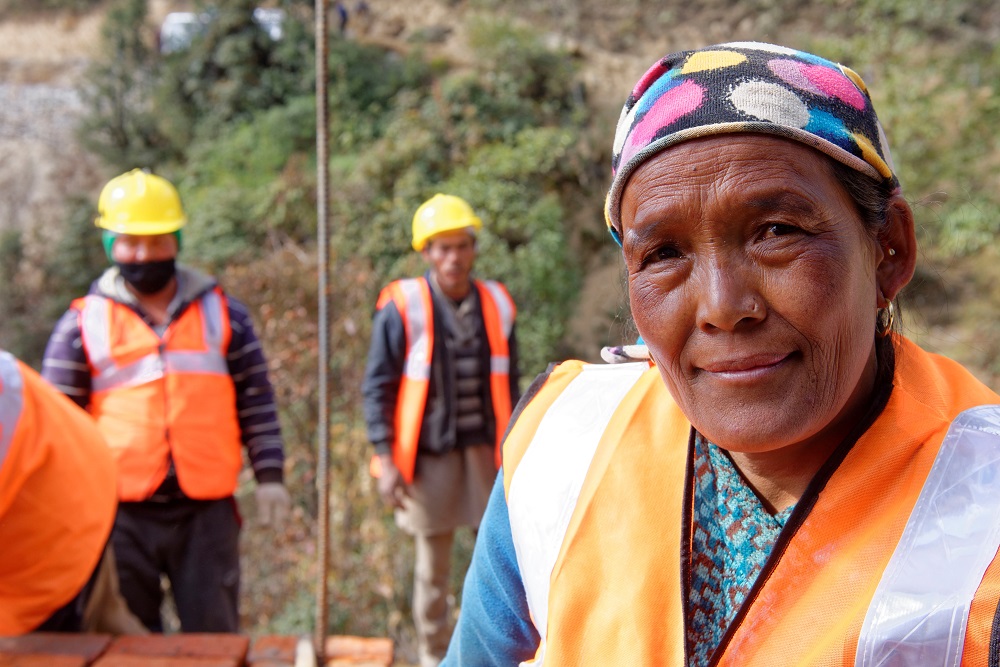
The COVID-19 pandemic has laid bare not only inequalities in the world of work, including between women and men, but it has also further emphasised the gender data gaps that hamper our understanding of the depth, nature and evolution of those inequalities.
Lessons from the pandemic: building better gender data for the future Read More »

This brief gives a summary overview of the impact of the introduction of the 19th ICLS statistical standards on labour statistics, as compared with the previous standards from the 13th ICLS. The key gender differences between the frameworks are illustrated using data collected from pilot studies completed between 2015 and 2017.

This report provides a detailed overview of the relevance of the 19th ICLS for gender analysis of participation in work and the labour market. It uses data from the pilot studies completed between 2015 and 2017 to illustrate the wide range of analytical potential when the new standards are implemented.
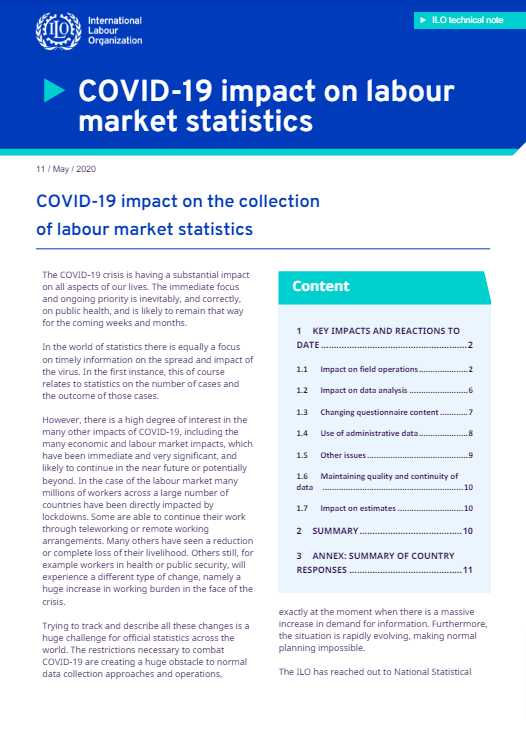
The restrictions necessary to combat COVID-19 pose a huge obstacle to data collection operations, precisely when there is a massive increase in demand for information. The ILO reached out to national data producers to understand the impacts of the pandemic on their statistical operations particularly in the domain of labour statistics. Last update: May 2020
COVID-19 impact on labour market statistics Read More »